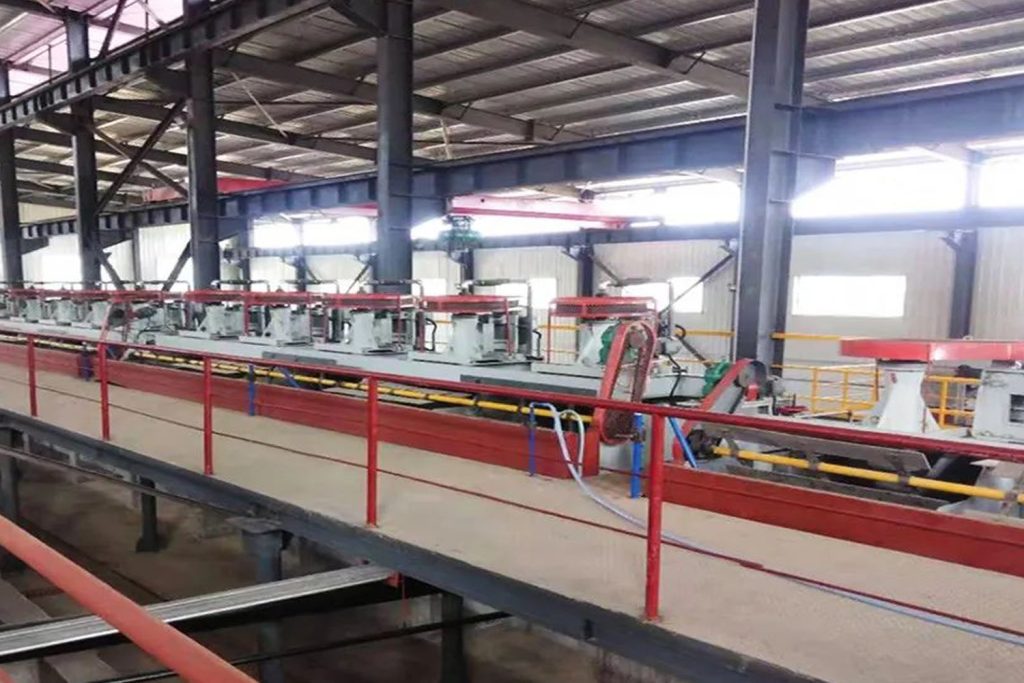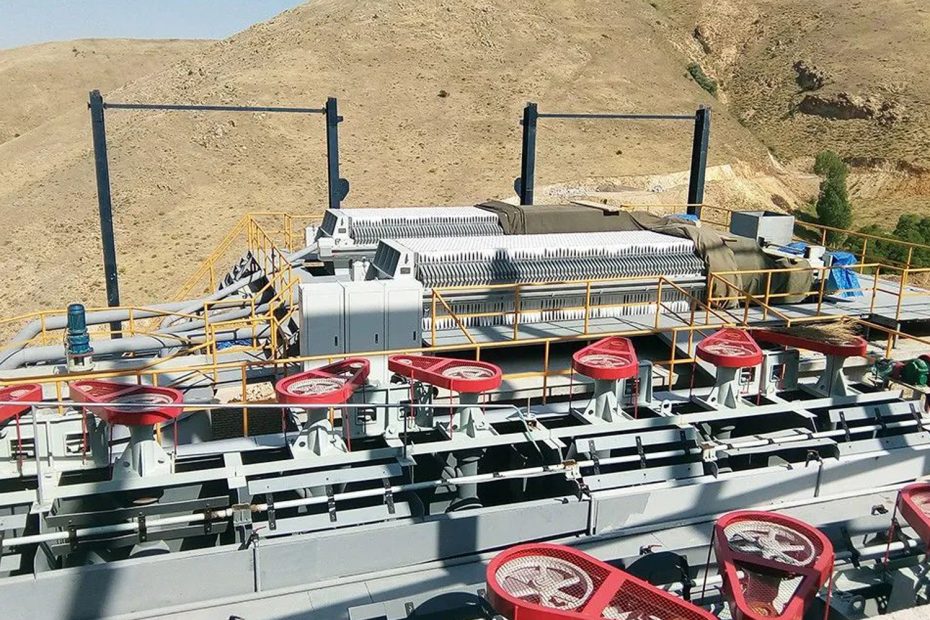The effective separation of feldspar and quartz has always been a major difficulty in the mineral processing industry. In potassium feldspar, common gangue minerals mainly include iron-containing minerals (such as iron oxides, iron-containing amphibole), mica minerals (such as muscovite, sericite) and quartz; quartz sand is often Contains non-magnetic associated impurity minerals such as feldspar and mica.
The main reason why feldspar and quartz are difficult to sort is that the charging mechanism of feldspar and quartz in aqueous solution is basically the same, and the crystal structure of both is a frame structure, but in the crystal structure of quartz, 1/4 of Si4+ is replaced by Al3+ , which is feldspar. Since Al3+ replaces Si4+, in the corresponding tetrahedral structure unit, K+ or Na+ is charged as a metal counter ion to maintain the electrical neutrality of the mineral. According to the content of K+ and Na+, it can be divided into potassium feldspar and albite.
3 major mineral processing method for flotation separation of feldspar and quartz
In the production process, the separation of feldspar and quartz often adopts flotation method. According to different pulp media, there are three main methods for flotation separation of feldspar and quartz, namely alkaline flotation, acid flotation and neutral flotation.
alkaline flotation
Sorting quartz and feldspar in alkaline pulp with a pH value of 11-12, using alkaline earth metal ions as active agents and alkyl sulfonates as collectors, reverse flotation preferentially floats quartz, and at the same time, add suitable non- Ionic surfactant, can significantly improve the recovery rate of quartz.
Under alkaline conditions, the neutral complexes [such as Ca(OH)+RSO3-] formed by metal ions and alkyl sulfonates play a key role, and these neutral complexes combine with free sulfonate ions Adsorbed on the surface of quartz, while a hydrated layer is formed on the surface of feldspar under high alkaline conditions.
acid flotation
The acid flotation method is to use the anion and cation mixed collector to preferentially float feldspar in the acid pulp with a pH value of 2-3. According to the different reagents used, the method can be divided into flotation with fluorine and flotation without fluorine.
Fluorine flotation
Under strong acidity and fluoride ion activation, feldspar was preferentially floated with cationic collector. The key to realize flotation selectivity is to adjust the pH value of the pulp solution. When pH=2, quartz is near zero electric point, while feldspar generally has zero electric point, pH=1.4~1.7. Under the activation of fluoride ions, the surface negative The potential is enhanced, and the quartz surface is basically uncharged. Amine cations are the first to adsorb on the surface of feldspar, making the surface hydrophobic.

Fluorine-free flotation
Under strong acid conditions, the anionic collector dodecyl sulfonate and diamine cationic collector are mixed, and the anionic collector is complexed with the diamine collector adsorbed on the surface of feldspar to form a co-adsorption , improving the hydrophobicity of the feldspar surface.
neutral flotation
In neutral medium, both feldspar and quartz are negatively charged, but there are still local positively charged areas on the surface of quartz, and there is a small amount of adsorption on oleic acid ion by means of electrostatic force and hydrogen bond, which is not stable. Under the action of inhibitors such as sodium hexametaphosphate, the oleic acid group of the surface-adsorbed collector can be removed.
The adsorption of feldspar to oleate is mainly the chemical adsorption of Al3+, which is relatively firm, and sodium hexametaphosphate cannot remove the adsorbed oleate. The amount of Al3+ on the surface of feldspar is small, and its hydrophobicity is limited, which cannot make the feldspar float preferentially. However, the oleate ions adsorbed on the surface of feldspar can be used as anion active particles to re-adsorb amine cationic collectors. The amine cationic collectors are firmly adsorbed on the surface of feldspar, so that feldspar is preferentially floated out to achieve the separation of feldspar and quartz. the goal of.
In neutral media, the key to separation of feldspar and quartz is to select a suitable and effective inhibitor, which can not only desorb oleate ions adsorbed on the quartz surface, but also prevent the adsorption of amine cationic collectors on the quartz surface.
summary
The above are the reasons for the difficult separation of feldspar and quartz and the common flotation mineral processing methods. In actual production practice, quartz and feldspar have similar physical properties, chemical composition, and structural structure. It is recommended to conduct a beneficiation test first, select the process flow and supporting equipment scientifically and rationally according to the test results, and strictly follow the technical parameters to achieve the ideal. beneficiation benefits.
